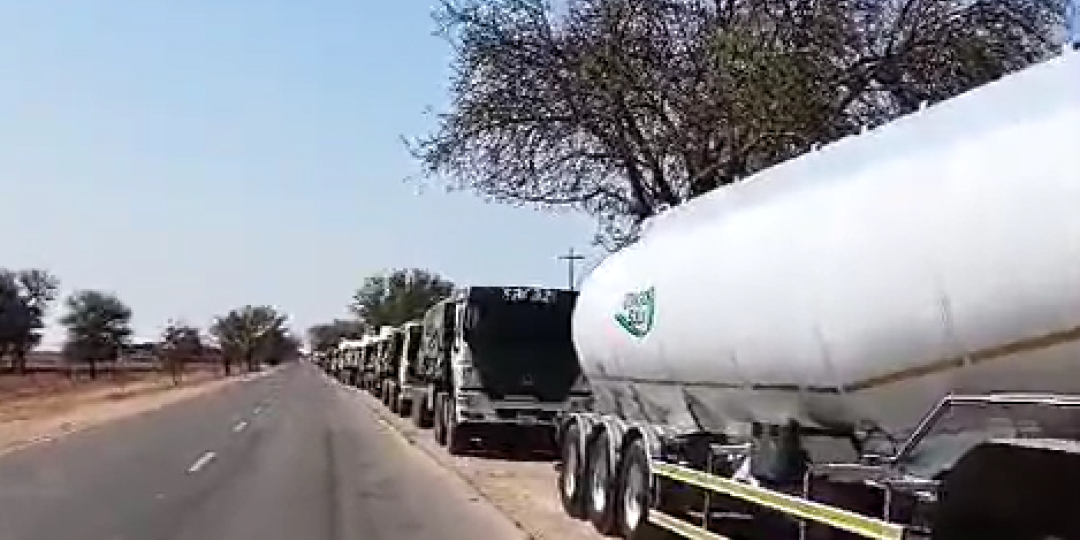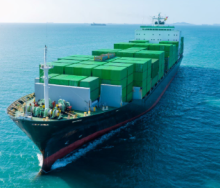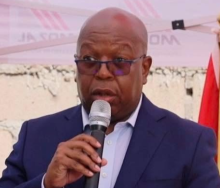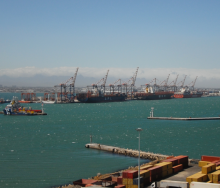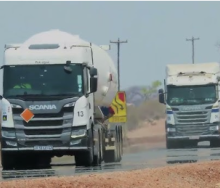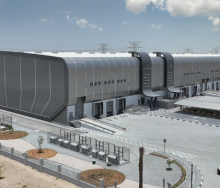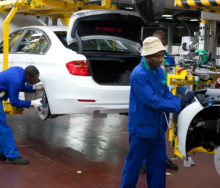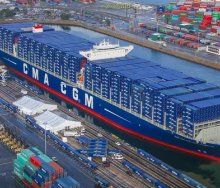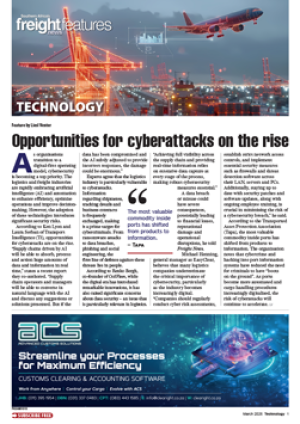South Africa’s northern supply chain border post with Botswana used to be known more for 4x4 excursions to exotic locations than for heavy cargo logistics.
But Groblersbrug has seen severe road freight congestion since the Department of Home Affairs implemented a biometrics system intended to capture the data of pedestrians, travellers and truck drivers.
Though well intended as part of the Border Management Authority’s (BMA) ongoing efforts to curb illegal entry into South Africa, the system has brought traffic to a halt at the narrow-bridge crossing.
Speaking to Freight News earlier this week, Transit Assistance Bureau (Transist) chief Mike Fitzmaurice said it was because there were not border staff to capture people’s biometrics, a process that takes about 15 minutes.
He said the BMA, under whose auspices Home Affairs functions at the country’s borders, should have deployed more personnel to Groblersbrug to cope with the volume of traffic through the border.
This is especially in light of the increase in cross-border freight flows at Groblersbrug because of northbound traffic congestion at the Beitbridge border into Zimbabwe.
A long-distance haulier of bulk liquid to the Copperbelt, who prefers driving through Botswana and Zambia rather than Zimbabwe, told Transist that public-sector officials were blaming transport and clearing agents for incomplete documentation by the time they got to the border.
“Customs at all borders are just a broken record crying the same story every time they mess up,” he said.
Video footage posted on Transist’s WhatsApp group shows trucks queueing on the side of the road, with the tail more than two kilometres away and not moving at all.
The transporter said drivers were parking and walking to passport control at the border, before going back to their trucks to proceed to the border.
This back-and-forth situation is nothing new, and questions are being asked why trucks carrying pre-cleared cargo are not given preference by being allowed to proceed directly to the border.
Typically, it’s the kind of situation that results in a lot of finger pointing, especially when it seems that the relevant government agencies didn’t do their homework about the impact a new system might have on traffic flow, and whether or not existing resources would allow for a smooth transition.
Answering questions in Parliament recently, Home Affairs minister Leon Schreiber said the BMA was making headway in respect of measures meant to safeguard South Africa’s borders.
Although that may be so, the long-term benefits must still be brought to bear against the current short-term frustrations of the cross-border trade industry.
Reacting to what is happening at Groblersbrug, Botswana has stated that the problem is not on its side of the transit at the Martins Drift Border Post.
Botswana’s Unified Revenue Service (BURS) said the current delay experience at the once free-flowing border was caused by the introduction of the new passenger clearance system at the Groblers Bridge Border by the South African Immigration Office on October 3.
“This implementation of the new systems has resulted in an increased time for processing of traders and travellers, leading to long queues and extended delays.”
BURS recommends that other South African borders with Botswana be used to avoid the current bottlenecking at Groblersbrug – Tlokweng (Kopfontein), Ramatlabama and Pioneer (Skilpadshek).
BURS added that, although congestion had been intermittently experienced at the alternative border posts, traffic flow was under control.
It added that it harboured reservations for a wider roll-out of South Africa’s biometrics capturing system.
“We anticipate that once the immigration system is implemented at these locations, we may also experience similar slow traffic considering the usual increased traffic due to growth in trade.”
BURS said it was working closely with its South African counterparts to normalise the situation at Groblersbrug.
